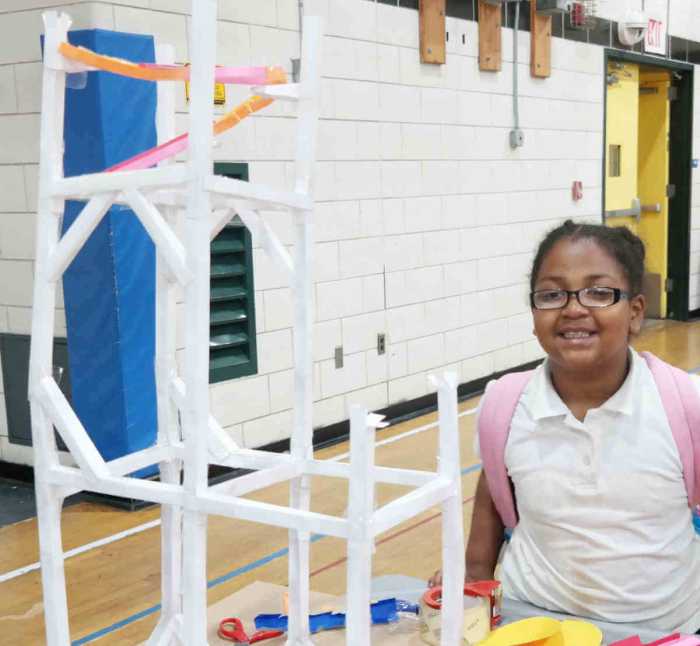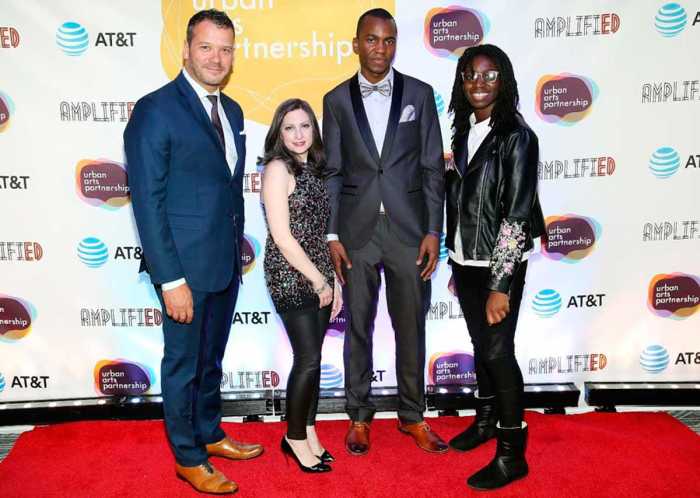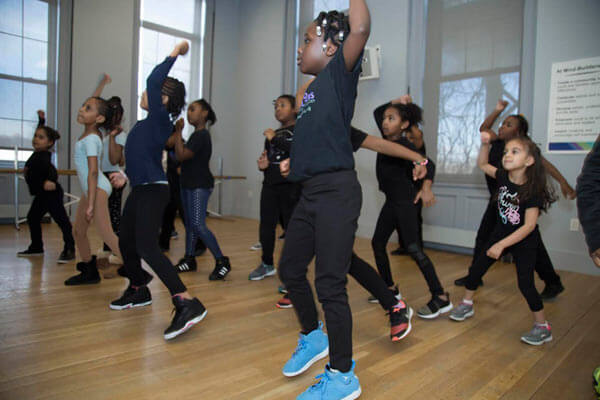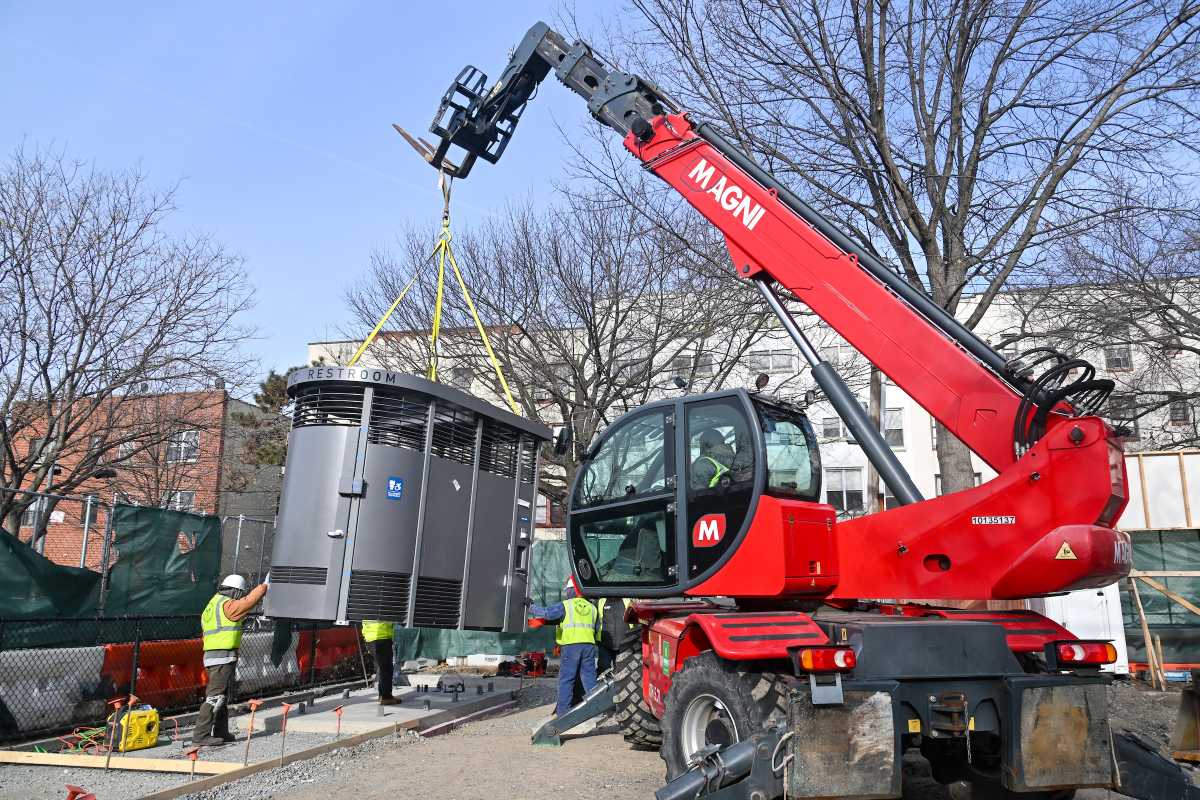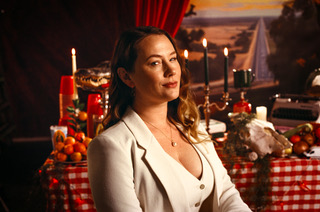In places like the Bronx and elsewhere, there is a viable alternative to public and private education – charter schools.
But, what exactly are charter schools and how do they differ and align with other methods of education?
According to publiccharters.org, a national website promoting the growth of such academies, all charter schools are tuition-free public schools, “which are open to all students, regardless of their zip code.”
“The charter school model empowers teachers to provide innovative, high-quality instruction and gives them the autonomy to design a classroom that fits their students’ needs,” according to the website.
In the U.S., charter schools exist in 44 out of the 50 states, enrolling 3.3 million students and 219,000 teachers into 7,500 schools across America. There are currently $440,000 million invested in funding for charter schools nationwide.
However, the state of New York has a “cap” on the amount of charter schools allowed to operate statewide at a total of 460, with an even tighter grip on ones being able to operate in New York City, according to the New York City Charter School Center.
These sort of schools are also led by “dynamic principals,” with the flexibility to “create a school culture that fosters student performance and parent satisfaction.”
Nationwide, charter schools operate under a contract with an authorizer, many of which create a charter through a nonprofit organization, government agency or university.
It is this charter which holds schools accountable to “the high standards” outlined in such a binding agreement – in New York, charter schools are districtly funded and are eligible to raise money through private means.
Charter schools are commonly led by former teachers “who wanted to take the lessons they learned in the classroom and apply those lessons to an entire school,” according to publiccharters.org.
The over 7,000 nationwide schools themselves are often unique from one another in appearance and curriculum; most are city based though some exist in more rural areas too.
Some focus on college prep, while others delve into a STEM curriculum or focus more on arts.
Some charter schools require uniforms and hours for learning vary longer or shorter, there are also many which institute a bilingual curriculum.
“The possibilities are endless, but charter schools aim to provide a range of options so that parents can choose the public school that best fits their child,” publiccharters.org published.
“Charter schools provide families with options in public education, allowing parents to take a more active role in their child’s education,” the site added.
These kind of schools have seen bipartisan political support since first incepted in Minnesota during the year 1991.
A list of charter schools in the Bronx can be viewed here.


